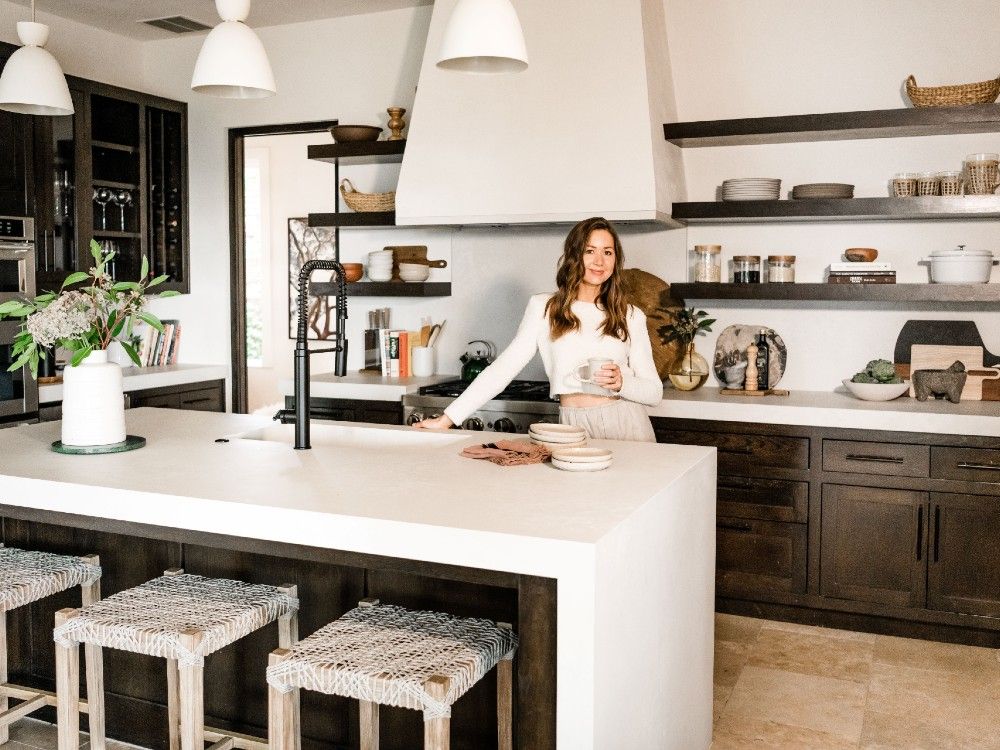
Reviews and recommendations are unbiased and products are independently selected. Postmedia may earn an affiliate commission from purchases made through links on this page.
Article content
When asked to participate in a first-of-its-kind design incubator hosted at Caesarstone’s new Charlotte Design Center, Toronto architect Vanessa Fong didn’t quite know what to expect. She left the session feeling inspired, refreshed and open to new ideas — the very reason the company embarked on the exercise in the first place: to offer customers a deeper understanding of the transformative power of design.
Article content
“It’s easy to be in the grind of every day work, so to have a moment to sit back and reflect, and have these amazing conversations with related peers was really fantastic,” said Fong, principal architect at VFA Architecture & Design.
Article content
Called the Caesarstone Circle, the inaugural gathering of seven industry specialists also included Toronto design director Marti Gallucci, with the remaining five members made up of influencers and designers from different parts of the U.S. Over two days, the experts took a deep dive into a range of topics, from the emotive power of colour and how to embrace AI, to the cyclical nature of fads and how culture impacts design.
The result is Beyond the Surface, the company’s first-ever trend report, an exploration of design themes with practical tips, tricks and advice now available as a thought-provoking resource for amateurs and pros alike.
“In my mind, really good design is not just about the materials that are applied, but the proportions of the space itself,” said Fong, whose studio emphasizes all five senses to create spaces that ‘feel’ as wonderful as they look.
Article content
Rather than jumping onto the trend of the day, Fong suggests homeowners focus on marrying classic proportions with contemporary materials to ensure a design has staying power. For example, when using the traditional practice of wainscoting to delineate a room horizontally, consider replacing classic wood panelling with a sleek quartz surface with cleaner lines.
Fong also believes it’s important to place value on how rooms are used and enjoyed at an individual level, as opposed to designing for resale value only. “I would say, in Toronto specifically, the level of design knowledge has come up quite a bit in the past 10 years, where people will actually pay more for homes that are a little bit different and a little more authentic rather than cookie cutter,” she said. “Try to pick something that is authentically you.”
Now that AI is inescapable, the report touches on the pros and cons of using the latest technology, and how to avoid being “stuck in a sea of sameness” due to AI-generated designs that lack originality. At the other end of the spectrum, Fong recalled working with a client who had used AI to design their dream fitness studio.
Although it looked realistic on the screen, many of the features weren’t tangible. Knowing she’d never be able to deliver, she ended up declining the project, she said.
Beyond the Surface also touches on cultural trends that are shaping design, from global influences to post-pandemic behaviours, like the need to separate private and communal spaces, add a second kitchen or functional pantry, or reduce clutter.
“I think people’s tastes have really elevated now,” said Fong, adding she hopes the report will highlight the value of good design and inspire creativity.
Share this article in your social network
